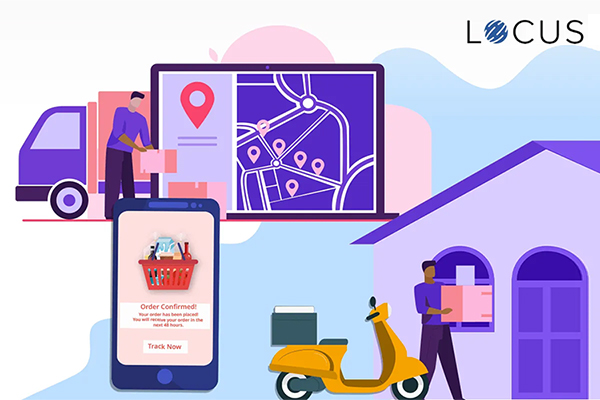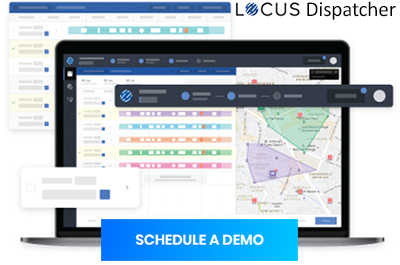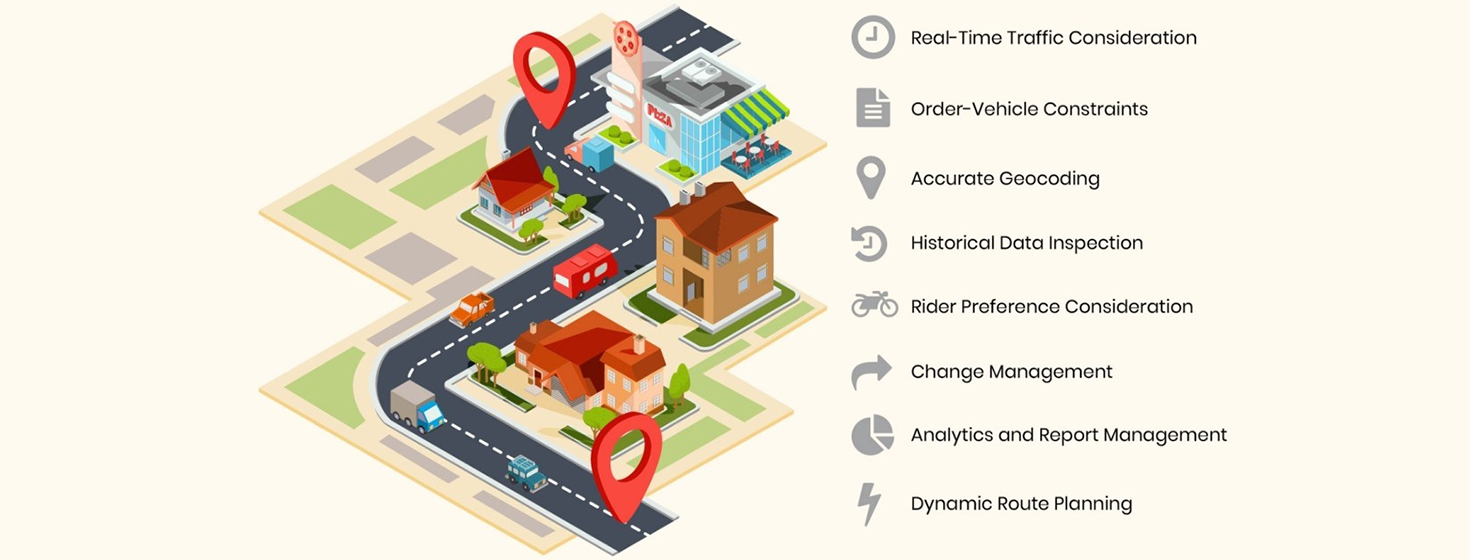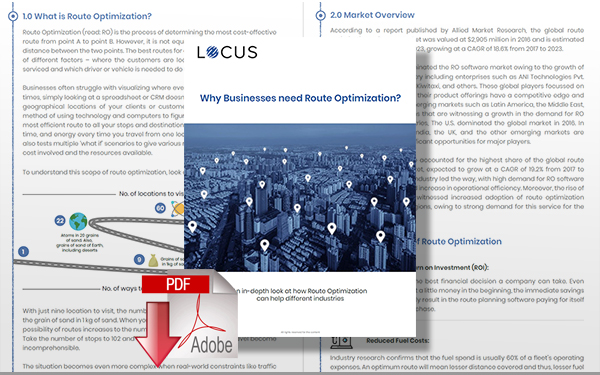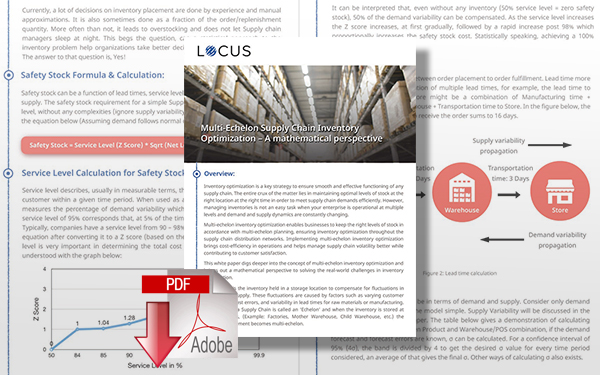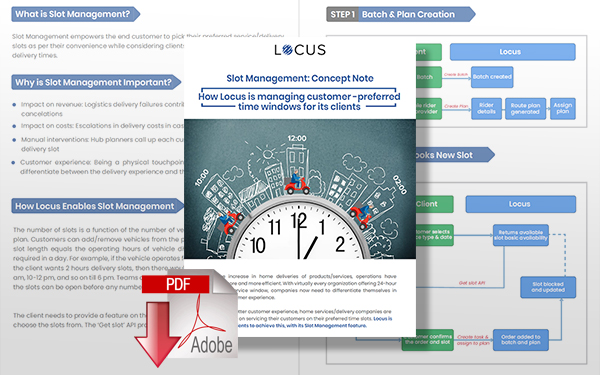Building Your Business Around a Hyperlocal On-Demand Delivery Model
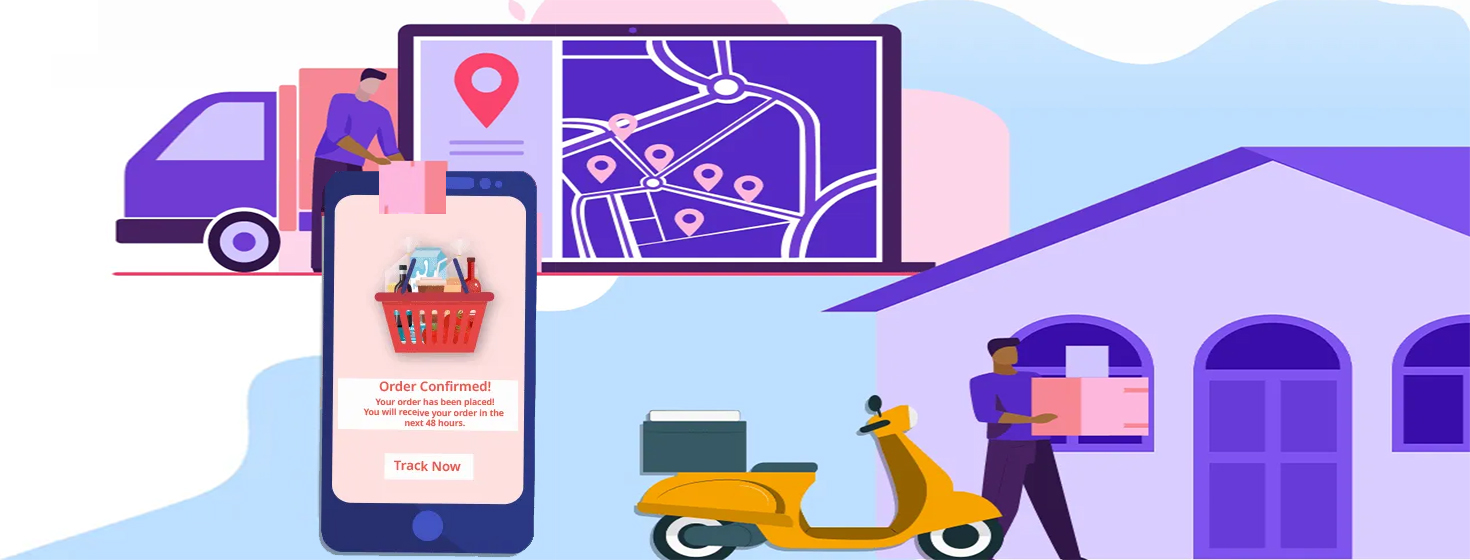
Logistics companies entering hyperlocal on-demand businesses want to enhance their customer experience, and technology plays an active role in instilling a positive feeling about the product and improving the user experience.
On-Demand Deliveries
Most consumers are stuck in their homes due to coronavirus pandemic and thus the demand for essential goods and services has made them turn to on-demand deliveries.
Logistics businesses are attempting to build a hyperlocal on-demand delivery business model to fulfill this need.
The COVID-19 outbreak has changed the perception of retailers towards on-demand deliveries.
Retailers who are not engaging in on-demand deliveries are suffering huge losses. They are searching for alternate options to sustain their business.
One such option that solves the concern of retailers is hyperlocal on-demand deliveries.
What is a Hyperlocal On-Demand Delivery Model?
The hyperlocal on-demand business model connects the local offline business holders to customers through a digital platform.
It enables a customer to immediately purchase products or request for services like food, medicine, and consumer goods.
In this delivery model, the logistics provider acquires the requested product from nearby shops and delivers it to the clients. Customers can monitor the entire delivery process in real-time.
Why Do Logistics Providers and Consumers Prefer Hyperlocal On-Demand Deliveries?
Localities or communities have a desperate need for on-demand services. The on-demand services are hyperlocal in nature, and they cater to immediate needs. The entire transaction in hyperlocal on-demand business gets completed within hours.
The other reason for consumers trusting hyperlocal on-demand deliveries than non-hyperlocal deliveries is the physical presence. The physical presence of stores makes it possible to attend to consumers’ grievances.
Delivery and logistics do not mean the same for hyperlocal and non-hyperlocal businesses. Hyperlocal businesses do not worry about warehousing, long-distance transportation, and other legs of logistics.
The last-mile delivery is the only logistics that affects hyperlocal businesses. Their business rides on retailers in the locality.
The hyperlocal on-demand businesses operate within a limited area. Hence, reverse logistics is not a big deal for them.
What Sort of Services Fall Under the On-Demand Hyperlocal Model?
Hyperlocal on-demand businesses are affordable and convenient for the urban masses.
Here are the services that come under hyperlocal on-demand businesses:
- Personal Homecare services: Beauty, Salon Spa services, etc
- Food ordering services
- Handyman services: Plumbing, carpentry, electrician, gardening, etc
- Home Healthcare Services: Babycare, senior care, caregiving, etc
- Grocery Delivery services
How to Build Your Business Around a Hyperlocal On-Demand Delivery Model?
Logistics businesses and investors are eyeing the hyperlocal on-demand deliveries as a profitable business. They aim to provide a positive online shopping experience by facilitating customer needs.
Logistics companies that want to set their foot in hyperlocal on-demand deliveries should follow a traditional pattern of launching their business. They should completely be process-driven. Here are the steps they should follow to build a hyperlocal on-demand delivery model of business.
- Select your industry based on its development potential, market size, degree of competition, and so on.
- Select a particular niche in the industry, target market, and your resources
- Identify your target audience and devise a strategy to market your service
- Build a partnership with local businesses and delivery companies
- Plan your revenue flows based on commission from merchant partners and delivery charges from customers
- Finally, find a technology partner or on-demand app development services
How Technology Benefits Hyperlocal On-Demand Delivery Business Models?
Logistics companies entering hyperlocal on-demand businesses want to enhance their customer experience. Technology plays an active role in instilling a positive feeling about the product and improving the user experience.
Here’s how technology can help logistics businesses.
Countering Traffic Congestion
Consumers may have varying needs from multiple localities. Inter-urban traffic makes hyperlocal deliveries increasingly complex. The efficient planning of routes can reduce the time spent in traffic considerably. Technology makes the complex task of planning inter-urban delivery routes quite simple.
Route planning solutions reduce the cost of dropping packages at customers’ doors. It considerably reduces fuel costs, thereby making your last-mile logistics cost-efficient.
Bearing the Cost of FREE Deliveries
The hyperlocal logistics business gets its revenue from two sources - selling commission from the locality shops and delivery charges from consumers. But, consumers have become extra-sensitive towards additional delivery charges and expect a free shipping cost. Also, they expect flexible delivery options.
Catering to these demands incurs costs in the last-mile delivery. Utilizing automation is the only way to sustain free shipping costs.
97% of organizations say that they will not be able to manage free shipping without reducing the delivery costs through automation.- Capgemini, Last-mile delivery challenge.
Easy to Allocate Delivery Zones
Earlier, logistics companies looked for the availability of delivery agents and then assigned them the tasks manually. But, hyperlocal businesses serve hundreds of localities. Sending drivers to new delivery areas leads to a definite fall in productivity. Hence, it becomes crucial to allocate set delivery zones so that the task of assigning delivery agents becomes easier.
With thousands of orders from multiple localities, it is tough to assign delivery zones manually. A shipment sorting and rider allocation software becomes necessary. It automatically assigns riders and the delivery zones, thereby making the rider allocation process simple and effective.
Keeping the Fleet Efficient
Maintaining the efficiency and productivity of the fleet is essential for hyperlocal logistics businesses. The rising volume of orders is making it quite challenging for fleet drivers to execute on-time deliveries. The idling costs are high in inter-urban areas. It spikes up fuel consumption and increases maintenance costs, thereby making delivery fleets inefficient.
Technology is the best choice to keep the fleet efficient. Delivery route optimization software reduces idling costs during delivery. It increases the number of active fleets readily available for deliveries and reduces the maintenance time for a fleet. Also, it reduces the time spent by fleet drivers on deliveries, making them busy and efficient.
Managing Logistics During Peak Delivery Periods
Peak delivery periods pose the biggest challenge for hyperlocal on-demand delivery businesses. Companies hire more delivery staff to manage the sudden spike in demand caused during peak delivery periods. Beyond the expansion of operational abilities, they need to manage the volume of orders efficiently.
Technology offers the best support in managing logistics during peak delivery times. Logistics optimization and automation software make your job easier during peak delivery periods. It helps you manage multiple drops and complex delivery schedules. Also, it makes your reverse logistics process convenient and cost-efficient.
Hyperlocal On-Demand Delivery Conclusion
Success in the logistics business lies in managing and fulfilling customer expectations. Hyperlocal businesses are facing the strain of customers’ expectations of rapid deliveries. Managing these customer expectations for on-demand deliveries becomes an uphill task for logistics companies without the use of technology.
Locus’ Dispatcher solution helps hyperlocal on-demand businesses plan their routes smartly. Give it a try!
Related Article: 8 Factors to Consider When Choosing Route Optimization Software for Your Logistics Business
Related White Papers & Reports
Why Businesses Need Route Optimization
This white paper provides an in-depth look at how route optimization software can provide the most direct and most efficient route to all your stops and destinations, and how it allows you to save money, time, and energy every time you travel from one location to another. Download Now!
Multi-Echelon Supply Chain Inventory Optimization
This white paper digs deeper into the concept of multi-echelon inventory optimization and brings out a mathematical perspective to solving the real-world challenges in inventory optimization. Download Now!
Slot Management: Customer-Preferred Delivery Time Windows
In this exclusive white paper, we help you understand the concept of slot management and its importance in your supply chain. Download Now!
More Resources from Locus
Article Topics
Locus News & Resources
How Can White Glove Service Increase Customer Loyalty? Building Your Business Around a Hyperlocal On-Demand Delivery Model AI-Backed Route Planning Solutions for Ecommerce Players U.S. and Canada Border will Temporarily Close amid Coronavirus Outbreak Multi-Echelon Supply Chain Inventory Optimization Slot Management: Customer-Preferred Delivery Time Windows Last Mile Delivery Route Optimization and the Changing Logistics of Grocery Stores More LocusLatest in Supply Chain
TIm Cook Says Apple Plans to Increase Investments in Vietnam Amazon Logistics’ Growth Shakes Up Shipping Industry in 2023 Spotlight Startup: Cart.com is Reimagining Logistics Walmart and Swisslog Expand Partnership with New Texas Facility Nissan Channels Tesla With Its Latest Manufacturing Process Taking Stock of Today’s Robotics Market and What the Future Holds U.S. Manufacturing Gains Momentum After Another Strong Month More Supply Chain